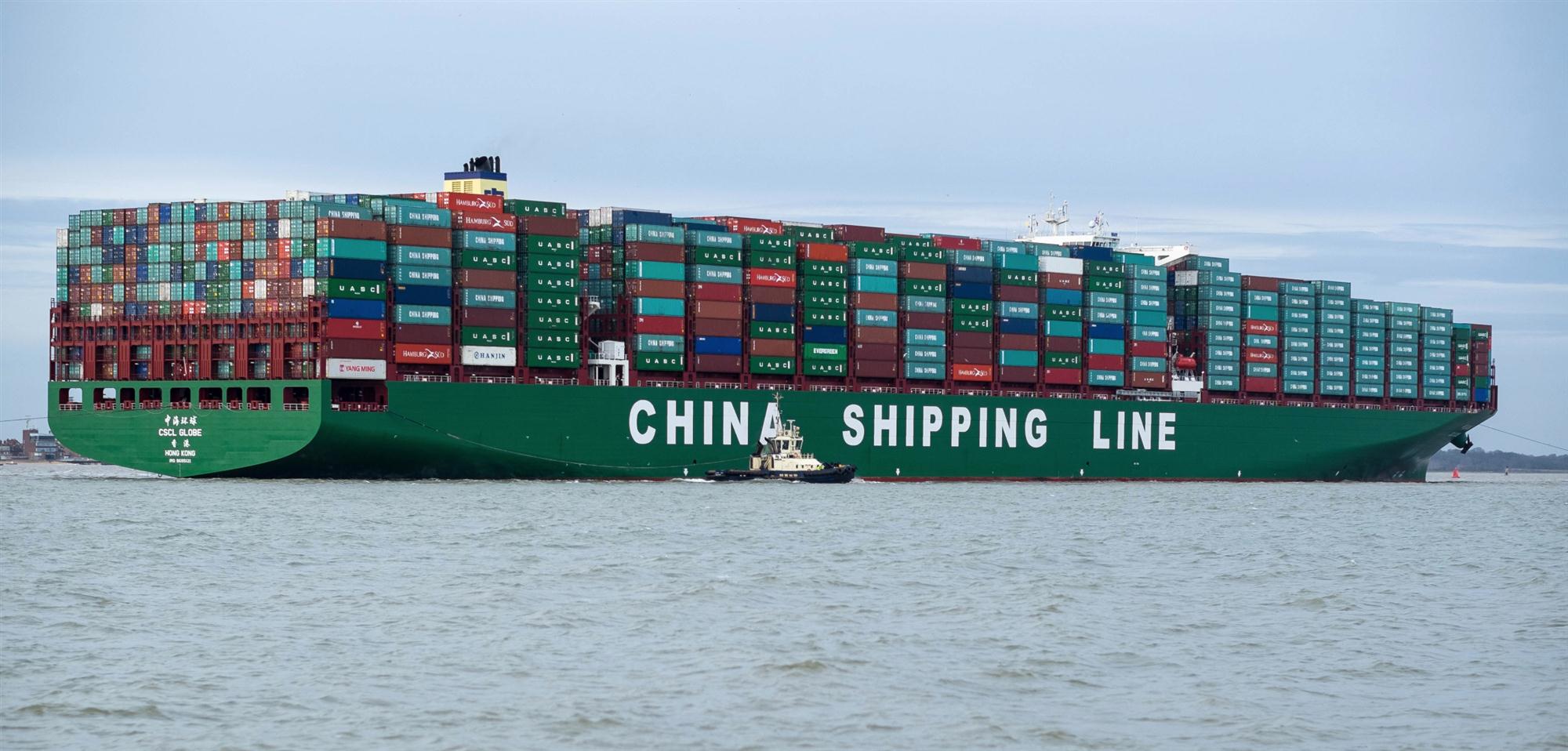Port and shipping companies need to remain flexible so as to adapt to an upcoming raft of changes, a top ports consultant, Anthony van der Hoest, director of commerce at Maritime & Transport Business Solutions (MTBS) says.
Parties subject to long-term concession contracts of between 25 and 50 years between terminal operators and port authorities need to be aware of changes already happening, van der Hoest told Asia Cargo News. They then need to plan accordingly.
“If you don’t structure the deal properly, then you will probably lose out,” van der Hoest said in an interview.
One change, commented on frequently at the recent Black Sea Ports and Shipping Conference, where van der Hoest was a speaker, is the increasing size of vessels and the impact larger vessels will have on terminals.
“Ports that survive will be those that can accommodate several large ships,” said van der Hoest. “Some terminals will lose out because they cannot accommodate enough big ships.”
This could lead to some mega-mega ports, although these would be fewer in number, and would require more feeder ports. It will also increase the cost of building and operating ports because the ships, the dredging they require and equipment needs will all keep on growing, he added.

Against this is a curious counter pressure: a change in what will be carried as coal, which fills so much of the world’s shipping fleet, starts to be less important. “What I do see is a shift away from coal,” said van der Hoest.
Not only are some European governments closing down coal-fired power plants to comply with EU rules on pollution and carbon emissions, but international financial institutions, such as the World Bank and the International Monetary Fund, are increasingly reluctant to finance such plants.
This is already happening. Two Dutch ports, which shift some 45 million tons of coal – in the case of Amsterdam, some 23% of their volume, much of it en route to Germany – are leading the way. Amsterdam plans to stop coal shipments by 2030; Rotterdam has not yet taken a firm stand, according to van der Hoest.
“This is a major impact,” he said.
The impact of the decline of coal will be twofold and uneven. Firstly, how will the decline impact shipping lines, and what will the freeing of so much capacity do to lines and rates? Secondly, will it be felt as strongly in Asia where coal stations are still being built?
India, China and Southeast Asia have limited options and will need to keep burning coal, said van der Hoest. Against this there is public pressure against coal power plants in Thailand, and China knows that it must tackle its pollution problems, which are exacerbated to a significant degree by coal.
Technology is also another disruptor both in ports and on the seas, particularly with autonomous vehicles such as ships. “We know a lot of ports are already looking at this,” said van der Hoest. “It will happen.”
On the seas, one of the big concerns is the issue of safety as firms consider the cost of a captain against the goods they might lose. “Safety is one of the biggest hurdles,” he said.
One example he outlined was the rights and well-being of other vessels, especially those less teched-up than those driven by technology. “How do we deal with these small fishing and other boats which don’t have AIS or cannot be spotted on radar?” asked van der Hoest.
Also on that list are pleasure vessels, dhows and even canoes.
More advanced is the automation of containers, which is picking up fast. This was initially driven by high-labour costs, but is being spread because it is safer, though not necessarily faster, he added.
Air cargo is not likely to be left out of technological disruption. That sector has yet to find a way to deal with the consequences of 3D printing, though van der Hoest notes that this pertains more to customized goods, meaning volumes won’t be impacted much.
But this is not the case where drones are concerned. Already being integrated on the last mile of the supply chain, the focus looks set to change to exploit the “wide scope for cargo drones,” according to Astral Aviation, a Kenyan firm starting to develop their use for larger deliveries.
“Large cargo drones have the ability of reaching areas with poor infrastructure and relatively low handling capabilities,” an Astral spokesperson told Asia Cargo News, and while they are based in Africa, the technology and the precedent can be applied everywhere.
Astral, though, acknowledges there are many hurdles to overcome before cargo drones can be utilized to their full potential.
Drones currently are not allowed to fly across many governmental boundaries. There is also, according to Astral, the lack of trained personnel to fly them, as well as drones having no sensory “feel” input. That written, Astral is looking forward to a bright future in the mid-term.
“The regulatory hurdles are the biggest challenge, especially convincing the security agencies. We expect at least two to four years for large cargo drones to be fully integrated into the air cargo industry,” the spokesperson told Asia Cargo News.
By Michael Mackey
Southeast Asia Correspondent | Bangkok




